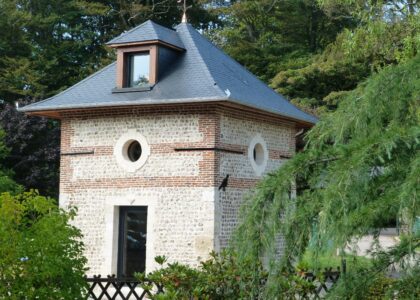Welcome to New Lisbon Indian Mounds Park, a site of profound historical significance nestled in the charming town of New Lisbon, Wisconsin. This park is home to ancient earthworks constructed by Native American cultures, often referred to as the Mound Builders. These mounds stand as a testament to the rich history and cultural practices of the indigenous peoples who once thrived in this region.
The story of New Lisbon Indian Mounds Park begins over 3,000 years ago with the Mound Builders, a collective name for various pre-Columbian cultures in North America. These cultures were known for constructing ceremonial and burial mounds, a practice that spanned thousands of years and included the Archaic, Woodland, and Mississippian periods. The mounds in this park are primarily attributed to the Woodland Culture, which flourished between 500 and 1200 AD. These semi-nomadic people followed the seasonal harvests, building temporary shelters and creating mounds that were used for ceremonial and possibly burial purposes.
As you explore the park, imagine the lives of the Woodland Culture people who once roamed these lands. Their daily existence was intricately connected to the natural world, relying on the abundant resources provided by the land and rivers. The mounds they left behind are a window into their spiritual and social practices, providing insights into a culture that revered its ancestors and had complex social hierarchies.
Fast forward to the 1700s, and the area that is now Juneau County became home to the Winnebago tribe, now known as the Ho-Chunk Nation. The Ho-Chunk people had a deep connection to the land, which was disrupted by the arrival of European settlers in the early 19th century. These settlers, drawn by the area’s rich natural resources, established trading posts and began logging and farming, forever altering the landscape and way of life for the indigenous populations.
Today, New Lisbon Indian Mounds Park stands as a reminder of these past cultures and histories. It offers a space for reflection on the lives of the people who shaped this land long before the modern era. The mounds are not only archaeological treasures but also sacred sites that continue to hold cultural and spiritual significance for the descendants of the original inhabitants.
As you walk through the park, consider the layered histories that converge here—from the ancient mound-building cultures to the Ho-Chunk Nation and the early European settlers. Each left their mark, contributing to the rich tapestry of history that defines this region.





